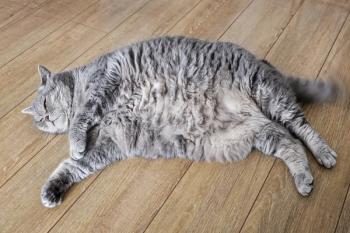
Best practices on talking about probiotics
Megan Shepherd, DVM, PhD, DACVIM (Nutrition), shares how yeast-based probiotics offer unique advantages over traditional bacteria-based options.
This content is sponsored by Royal Canin.
In this segment of Pet Connections, Megan Shepherd, DVM, PhD, DACVIM (Nutrition), a veterinary nutritionist at Royal Canin, discusses the benefits of probiotics for pets. As Shepherd explains, bacteria-based probiotics are common, but yeast-based probiotics offer unique advantages.
Transcript:
Hi, I'm Megan Shepherd, veterinary nutritionist at Royal Canin, and here are some considerations when talking to pet owners about probiotics:
Probiotics are live beneficial microorganisms. They can be a great complement to a pet's diet when you want to add a layer of GI support. The beneficial microorganisms in probiotics can be bacteria or yeast. While bacteria-based probiotics are most common, yeast-based probiotics are pretty cool due to some unique features.
Saccharomyces cerevisiae is the most common yeast used in food and supplements, and it is used as a prebiotic fiber in some pet food. Saccharomyces boulardii, a sibling of Saccharomyces cerevisiae, makes for a pretty cool probiotic due to some key features:
1. It survives the gastric environment very well.
2. The mannooligosaccharides and beta-glucans, naturally found in the cell wall of Saccharomyces boulardii, have beneficial impacts on the GI microbiome and immune health.
3. When you want to add on a layer of GI support to that patient on antibiotics, you can give a yeast-based probiotic like Saccharomyces boulardii at the same time as the antibiotic dose, making it easier for the pet owner to implement that support.
4. Yeast don't have the capacity to transfer antimicrobial-resistance genes.
Royal Canin probiotics includes Saccharomyces boulardii, specifically the CNCM I-1079, strain, which is used in veterinary medicine. And, Royal Canin’s feline probiotics includes added vitamin B12 ie, cobalamin, and enough to support that cat with hypocobalaminemia.
Final consideration with probiotics: Probiotics are regulated. However, there are surveillance limitations. So, when navigating probiotic options, ensure that they are science-based and be very specific with which probiotic you are recommending to your pet owner.
Newsletter
From exam room tips to practice management insights, get trusted veterinary news delivered straight to your inbox—subscribe to dvm360.






